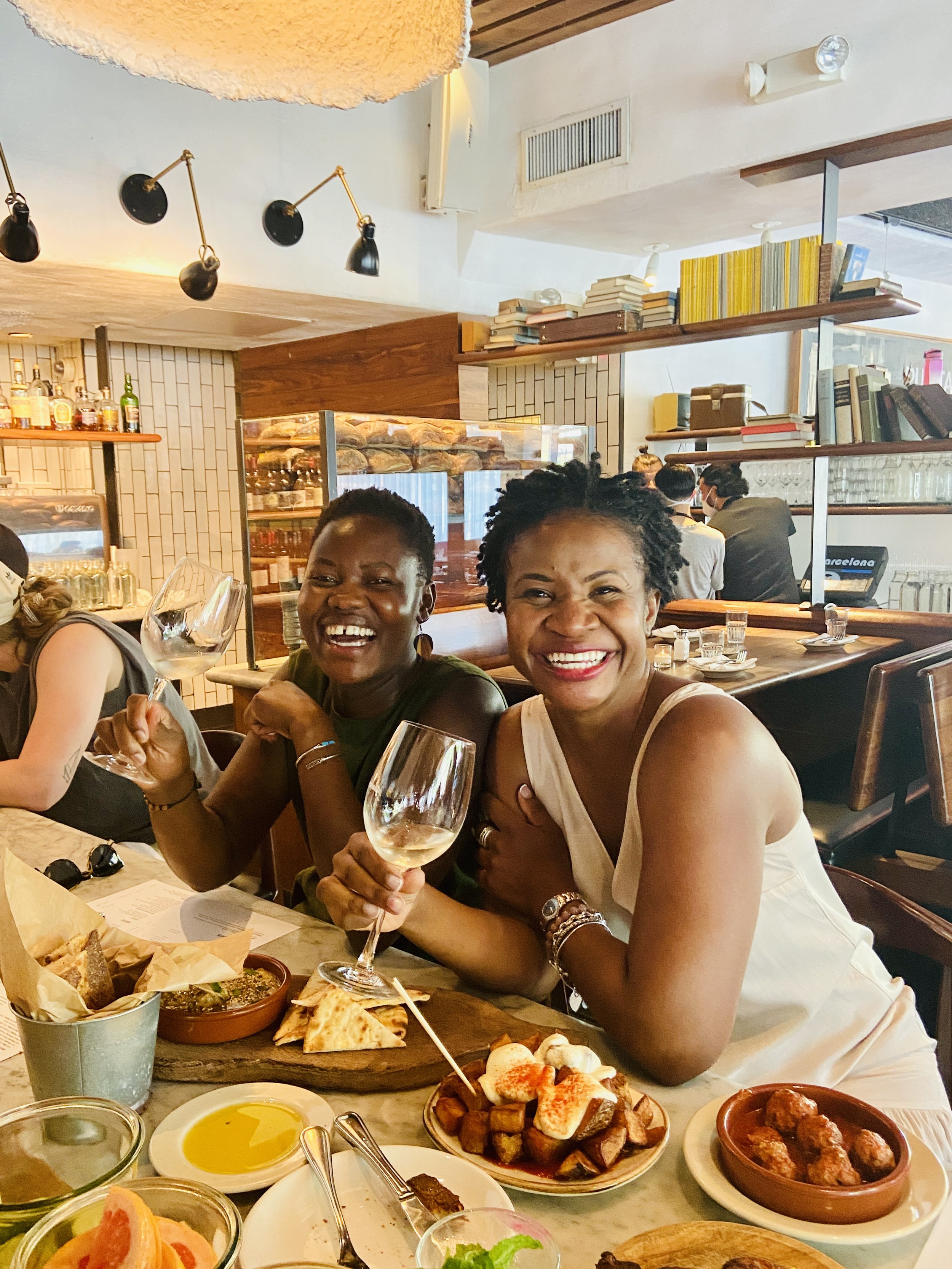The Language of Wine
lunch date with my dearest friend
I witnessed my friend have a moment of realization, that not only could she distinguish the texture and body of two wines, but she could also describe what she was experiencing in words that made sense to her.
She described the Txakolina as “light, like vegetable broth,” while the Chardonnay felt more like “a soup with collagen.” I had never heard wine described this way before, yet it made perfect sense.
In the wine industry, we often compare a wine’s body to milk—skim, whole, cream. That analogy works for those familiar with different milk fat percentages, but what if you don’t drink milk? Could we find other descriptors that resonate just as well? Absolutely.
Here is my dear friend describing wine in her own words.
My role in this interaction was:
Encouragement – I encouraged her to explore and trust her own words when describing what she tasted.
Validation – I reinforced that her experience was valid, regardless of my title or certifications as a wine professional. Each person’s wine language is shaped by their own sensory memories.
Guidance – I helped refine her palate by offering relatable descriptors she could use when ordering wine in restaurants or shops (e.g., “crisp” instead of “tight,” “full” or “voluminous” instead of “flat”).
Seeing my friend gain confidence in her wine language and feel empowered is exactly the kind of experience I hope to facilitate for you.

